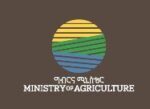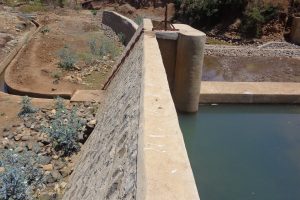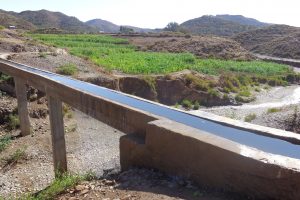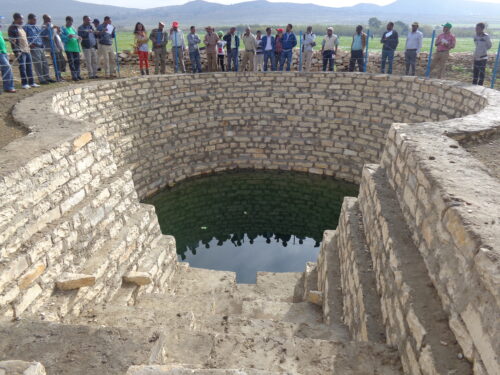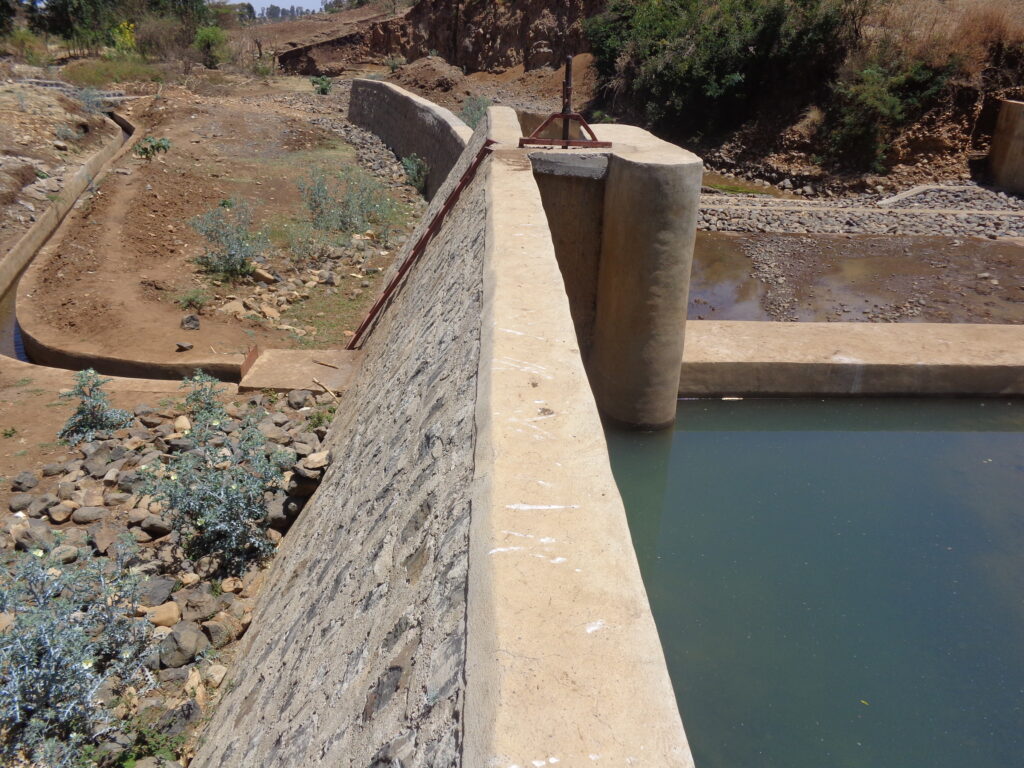
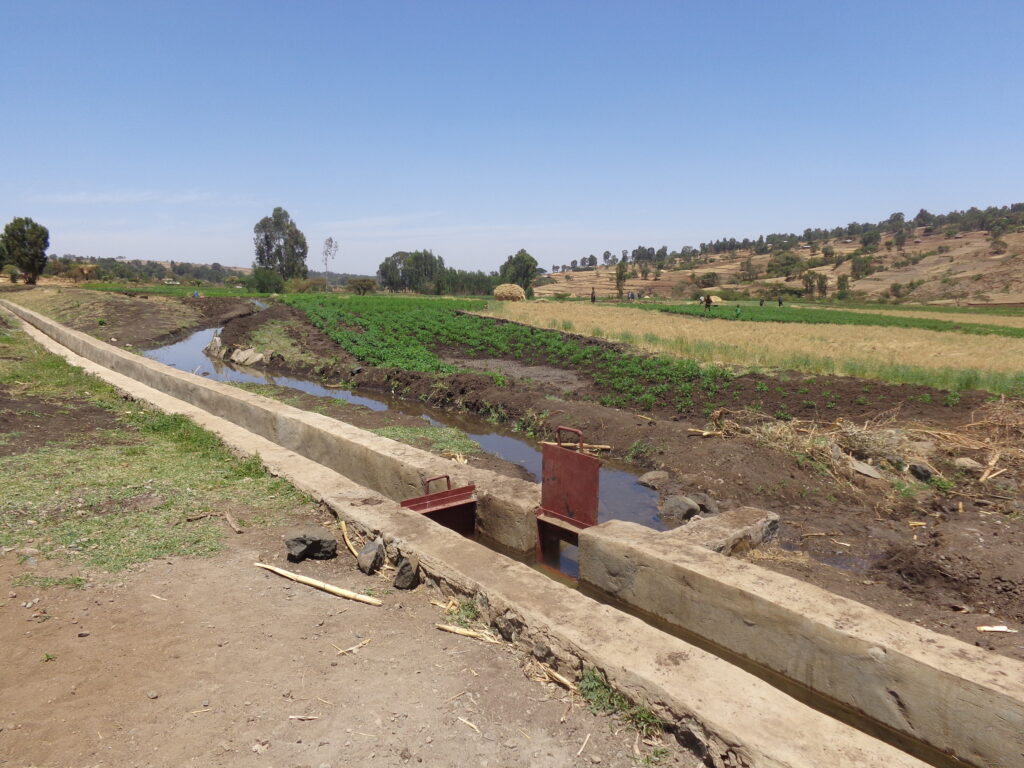
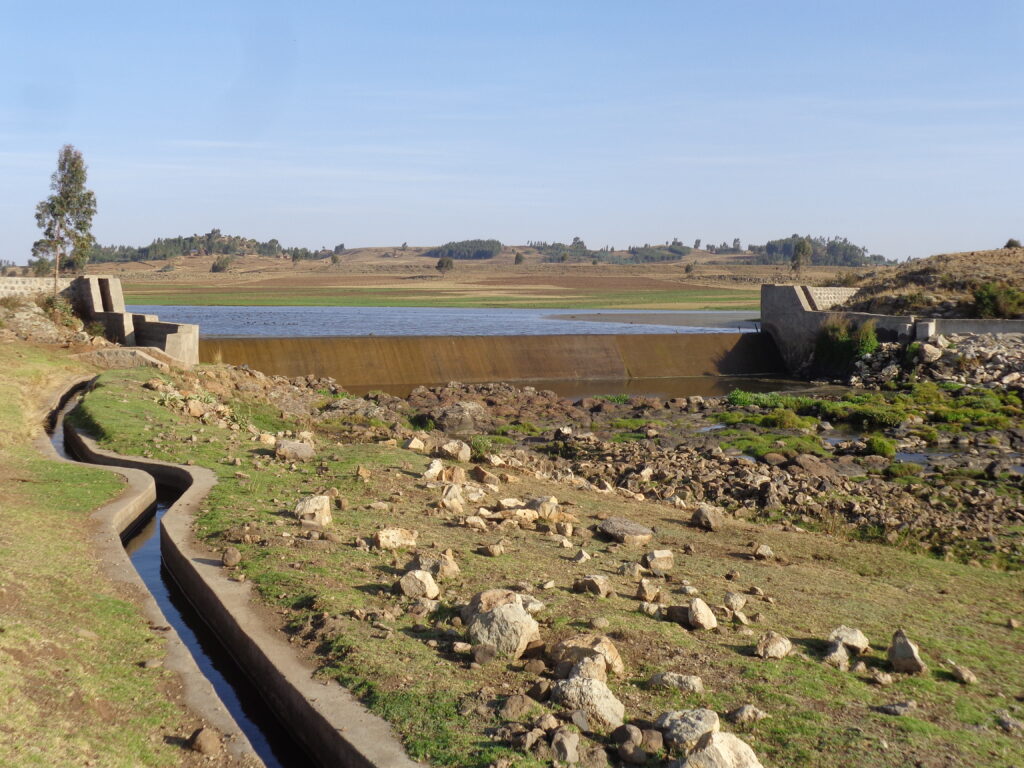
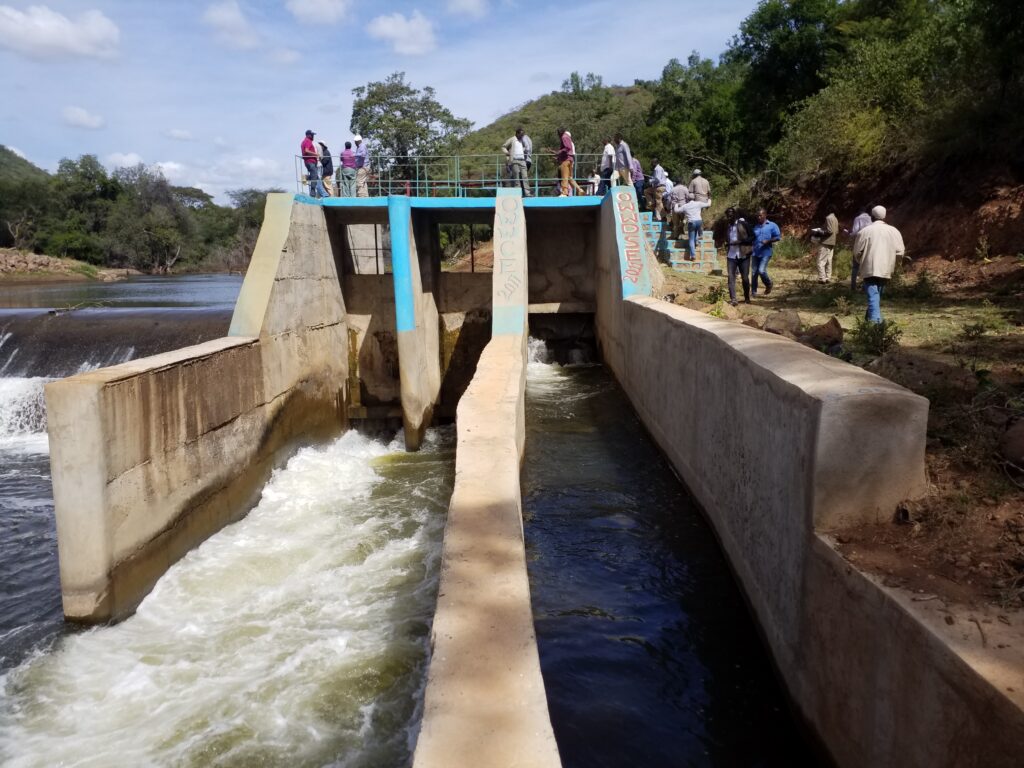
Design & Study Sample Documents
Amhara
Oromia
SNNPR
Tigray
Small Scale Irrigation Infrastructure Development
Irrigation Scheme Participatory Planning & Preparation
The expected outcome of this Component is “farmers have access to sustainable irrigation schemes“. The proposed Programme aims to develop 18,400 ha of small-scale irrigation schemes.
Identification of schemes and Pre-feasibility Studies
The programme intervention woredas are selected by criteria such as: A high level of poverty and food insecurity, Potential for small-scale irrigation, Not covered by the Agriculture Growth Programme, (AGP 2) and Rural Woredas.
The irrigation Schemes are selected by Criteria like Access to markets, Potential to produce profitable crops with sufficient availability of water and irrigable soils and absence of social conflicts with regard to access to land and water.
Till now. More than 150 schemes sites are identified and prefeasibility have been done in respective target regions. In addition to issues mentioned above command area, engineering, hydrology, water, SECAP, Agronomy, and rough cost analysis are checked in superficially prior to move for feasibility and detail design work. While the outstanding issues are checked and approved gapes and limitation occurred, the sites will be cancelled out and excluded for further analysis.
Feasibility Study and Detail Design
Based on the long list of identified and pre feasibility studies, regional project office experts screened list schemes report in collaboration with project office and regional bureau of water agriculture will further detail design and feasibility study will be undertaken as per selection criteria.
Read More
The Selection Criteria for Irrigation Schemes Feasibility Study are;
- Compliance with the ESIA/ESMP/RAP attaining SECAP standards;
- An acceptable estimated unit cost of development – lower than 5.500 US$/ha;
- Estimated cost of water/ha for the targeted crop,
- Estimated production cost to revenue ratio;
- An acceptable plot size to reach out to sufficient smallholders (preferably on average less than 0.5 ha/household);
- Willingness of the land owners in the targeted schemes to include vulnerable groups in the scheme.
To date, More than 151 feasibility reports were availed by target region to federal PCMU for quality assurance work and subsequently enter to construction. Out of these schemes, 69 schemes reports were designed and organized in PASIDP I programme years for implementation in PASIDP II in which the reports further updated as per IFAD/PASDIPII criteria and guideline. While, the remaining 82 reports are submitted from region project office which have been studied & designed by respective regional public design and supervision enterprise. Until now, 151feasibility and detailed reports have been availed for PASIDP II that can benefit 49,650hhs and serve 23,214 ha.
Quality assurance
Quality assurance activity of the study and design report is based on the responsiveness to PASIDP II objectives, goals and targets and SECAP criteria as stipulated as to the PIM. These quality assurance activities undertaken to make sure that all technical issues, cost effectiveness, and SECAP procedures are met in the process prior to commence the construction. To date, it was possible to review and approve 127 study and design reports. This assignment was accomplished by independent consultants, Regional bureau water experts, and regional project staff. The reports were checked both at office desk and at ground to ensure that each reports to complies with IFAD/PASIDP criteria and standard procedure for study and design in the country and elsewhere prior move next step i.e construction. This assignment has made benefit the schemes to speed up construction process, reduced variation and supplementary work and sustainability of schemes.
Alternative Water Resource
Communities living upstream and around the proposed structures who are not utilizing the main river course near to their village demand and evolve enabling technologies led to new forms of alternative resources that are able to satisfy needs of crop production and water related activities. Since, alternative water resource is assumed to be implemented in micro watershed areas of schemes under construction
Since the programme launching, number of different alternative water resource technologies have been constructed and are being constructed in respective target regions. The programme has planned and implemented technologies including group ponds, household ponds, shallow, hand dug wells, manual tubes that can be integrated with drip irrigation, low pumps for abstraction and application of irrigation water for intended command area.
To date. 848 various technologies including 116 group ponds, 631 household ponds,81 shallow wells and 20 Manual tubes have been accessed to the community that would be integrated with 45 drip irrigation, 107 low lift pump for abstraction and application/ delivering of irrigation water on proposed command area. These all integrated systems technologies promoted a command area of 610 ha and benefited 2759 hhs (1426F) in micro watersheds of the respective regions.
